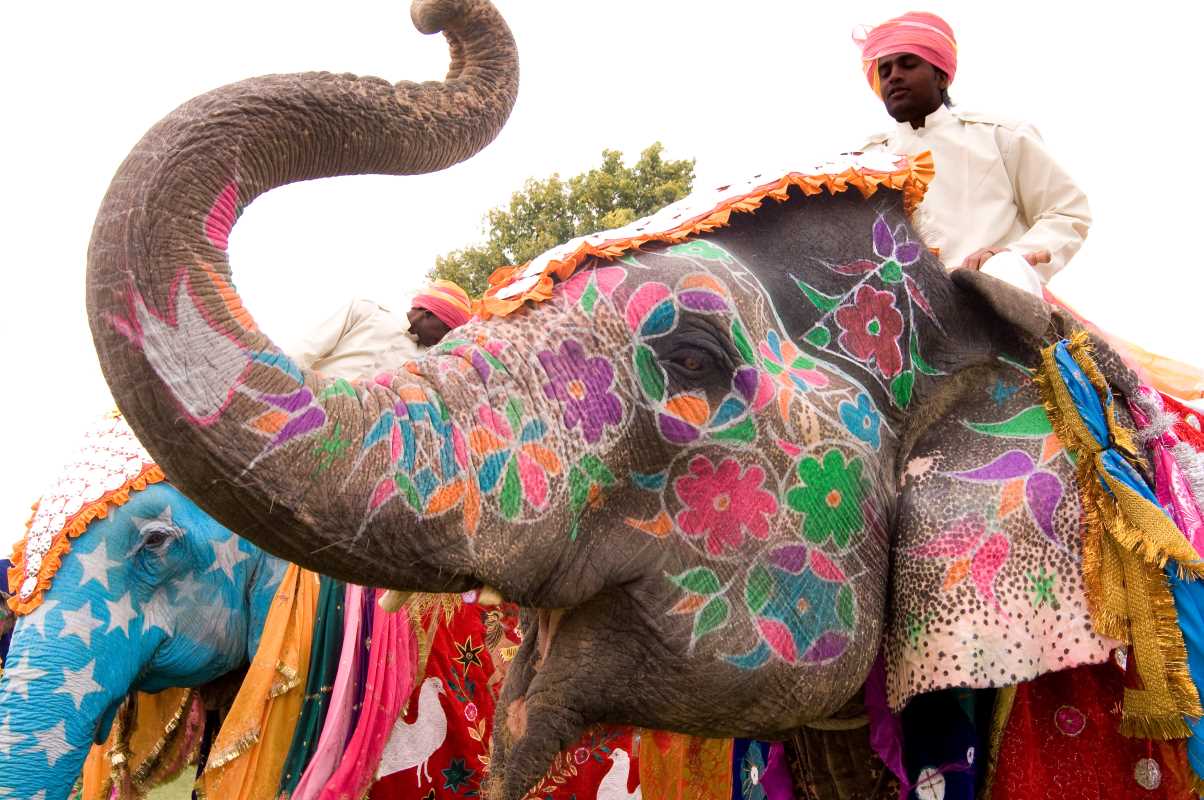The saying "Don’t judge a book by its cover" might encourage readers to look beyond first impressions, but the truth is, book covers play an incredibly significant role in how we perceive books. Throughout history, book cover designs have evolved dramatically, shaped by cultural trends, technological progress, artistic movements, and shifts in consumer behavior. From the functional covers of the early printed books to today’s visually striking digital designs, the evolution of book covers tells a fascinating story about art, culture, and marketing.
Early Days of Book Covers
The first printed books, emerging from Gutenberg’s press in the 15th century, had no dust jackets or elaborate designs. Instead, they were bound in materials like leather, wood, or fabric for utility and protection. Early books often featured hand-tooled inscriptions, embossed symbols, or gilded decoration for those destined for wealthy patrons. These bindings were bespoke works of craftsmanship, reflecting the status and rarity of the printed works at the time.
Books in this era were predominantly religious or scholarly texts, and their austere covers often mirrored the content inside. A key example is the Gutenberg Bible. Though its binding was minimal, the emphasis was on its interior craftsmanship, with beautifully illuminated pages rather than an adorned cover. For centuries to follow, book covers were functional and durable rather than expressive or artistic.
The Renaissance and Ornate Embellishments
By the Renaissance and Baroque periods, bookbinding became more elaborate as artistry evolved to signal the book owner's prestige. Personal libraries grew among the noble classes, and this created a demand for intricately designed covers. Gold leaf designs, embossed leather, inlays of ivory, and even gemstones signified luxury. These ornate approaches reflected the cultural extravagance of the time but were still more about signaling wealth than conveying the story within.
19th Century - Dawn of Commercial Cover Art
The Industrial Revolution marked a turning point in book cover designs. The cost of producing books reduced significantly thanks to advances in manufacturing and printing. Books became accessible to broader audiences, and publishers began to realize the potential of the cover as a tool to market their products.
The Victorian era saw covers becoming more illustrative, often utilizing embossed patterns, color printing, and elaborate designs. Publishers like Charles Dickens’ serialized novels featured brightly colored covers with engaging typography that captured the imagination of prospective readers. Advances in chromolithography allowed publishers to print detailed, colorful artwork cheaply and at scale.
One notable example of 19th-century cover design is Lewis Carroll's Alice's Adventures in Wonderland (1865). Its whimsical cover art encapsulated the surreal, magical world inside and marked a departure from purely functional covers. The era also saw a trend of binding books in decorated cloth, a more affordable alternative to costly leather binding, which quickly became popular among middle-class readers.
The Early 20th Century - Artistic Movements and Minimalism
The early 20th century brought a wave of modernism that transformed book cover aesthetics. Influential artistic movements like Art Nouveau, Art Deco, and Bauhaus began to seep into design elements. The focus turned to sleek, elegant designs, often using geometric shapes, bold colors, or stylized illustrations. These movements championed a "less is more" philosophy and embraced typographic artistry.
This was also the golden age of the dust jacket. Hardcover books often included a removable paper jacket, which served as a canvas for artists to explore new, bold designs that could grab attention on a shelf. Early dust jackets were beautifully illustrated, with detailed artwork designed to hint at the story within.
Penguin Books, founded in 1935, became synonymous with modern cover design by using clean, bold typography and distinct color schemes that identified genres. For example, orange covers were for fiction, green for crime novels, and blue for biographies. This simplicity was groundbreaking, providing a sense of uniformity while still being visually effective.
One iconic example from the 1920s and 30s is F. Scott Fitzgerald's The Great Gatsby. The original cover by Francis Cugat features surreal imagery—the haunting visage of a woman’s eyes hovering over a vibrant cityscape. This blend of symbolism and mood encapsulates the themes of love and disillusionment, setting a precedent for covers to reflect a book’s deeper essence.
Mid-20th Century - Mass Market Paperbacks and Pop Culture
The mid-20th century saw another dramatic shift, driven by the rise of mass-market paperbacks. Cheap, portable, and widely accessible, paperbacks created a reading revolution that demanded equally compelling cover designs. These books were sold in drugstores, airports, and supermarkets, where their covers needed to capture attention instantly.
Paperback covers from the 1950s and 60s leaned heavily on bold imagery, often pushing boundaries in commercial art. Genres like pulp fiction, romance, and science fiction saw energetic and sometimes provocative designs. The use of photographic covers also gained traction, marking a step away from hand-drawn illustrations.
Raymond Chandler’s detective novels, with their noir aesthetics and striking covers, are an emblem of this era’s priorities. Likewise, the science fiction and fantasy genres produced some of the most iconic covers of the time. Frank Herbert’s Dune (1965) showcases surreal and otherworldly designs that captured readers’ imaginations while reflecting the speculative nature of the stories within.
The Late 20th Century - Design as an Art Form
By the 1970s and 80s, designers took greater risks and pushed the boundaries of what a book cover could be. Covers became more conceptual and artistic, rooted in strong visual storytelling. This era also saw the emergence of famed book designers like Chip Kidd, widely regarded as one of the most innovative cover artists of the late 20th century.
Kidd’s minimalist yet striking design for Michael Crichton’s Jurassic Park (1990) shows how a single image—a skeletal dinosaur silhouette—could become an enduring icon far beyond the book’s pages. Around the same time, typographic experimentation became increasingly popular, with titles becoming part of the design rather than just a functional element.
Books like J.D. Salinger’s The Catcher in the Rye are emblematic of how restrained, text-driven approaches could still possess incredible visual impact. By this point, covers were no longer just marketing tools—they were artistic statements.
The Digital Age and the Rise of E-Books
The 21st century has ushered in the digital age, revolutionizing how books are published and consumed. With e-books and audiobooks rising in popularity, designers faced new challenges. Covers now needed to stand out as tiny thumbnails on screens rather than physical objects on shelves. This shift encouraged more minimalist and bold approaches, focusing on striking visuals and readable typography within limited digital dimensions.
Digital design tools like Photoshop, Illustrator, and 3D modeling software have expanded the creative horizons of modern designers. Complex book cover animations for audiobooks or interactive covers for e-books emerged as new frontiers for expressing stories.
Additionally, social media has influenced modern cover design. Bookstagram (Instagram’s book community) and other visual platforms have amplified the importance of aesthetic appeal, as covers are now judged for their "shareability."
Today, book covers also reflect the values and diversity of contemporary audiences. Vibrant, inclusive covers feature a broader array of characters and themes, from gender identity to cultural heritage. Covers like R.F. Kuang’s The Poppy War series highlight this trend by blending contemporary design with traditional artistic motifs.
Book cover design continues to evolve alongside technology, culture, and consumer preferences. Designers are experimenting with digital effects, augmented reality (AR), and even limited-edition physical covers that blend materials like fabric, foil, and embossing. At the heart of it all, however, is the timeless goal of every cover designer—to capture a book’s essence and grab a reader’s attention.
While the tools and trends may shift, the book cover remains a vital canvas for storytelling, creativity, and connection. Whether physical or digital, traditional or modern, covers will persist as works of functional art that illuminate the stories we hold dear.







